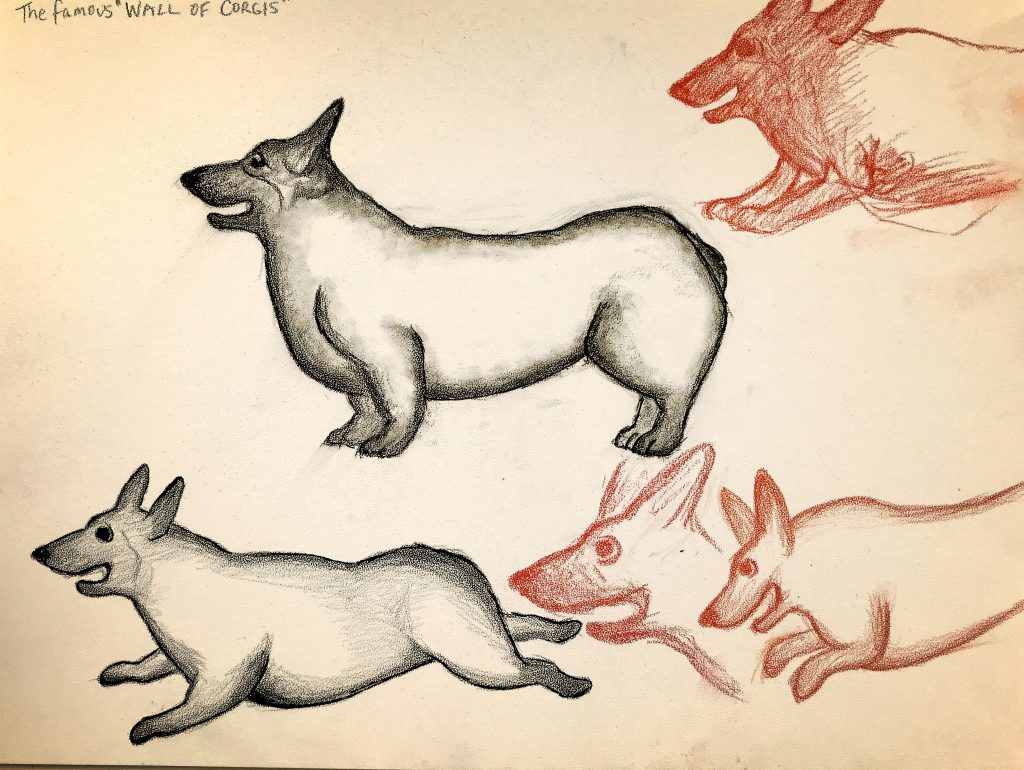Uncategorized
AI and Art
Some of my friends have asked me what I think about art produced by artificial intelligence. Do I feel threatened by it? Are artists going to be obsolete? Is it ‘good’ art?
Here’s my opinion:
It’s unsettling that the machines have now crept into fields where we thought they couldn’t, like art and writing. But in a way, it’s just an expansion of what has happened in so many fields of hand crafting. Like… I don’t know, lace-making. Pottery. Weaving. Photography had to have upset many, many an artist and eventually wiped out many ways to make a living with art.
For me, I think it all comes down to connection. Why do you want the specific piece of art or writing? Why do you value it? Does it matter to you that the work is a communication directly from another (real) human being, with their own strange personal history?
I look around our house, and the most precious things are the “real” ones: the original art (by others, not me), the cedar chest my great-grandfather made by hand, the tiles I hand-glazed, the wonky hand-carved table we found at an antique store. Next come things with history and age: not something “in the style of” another era, but something genuinely from that other era: objects that make us feel like we’re touching the lives of people who came before, even if those objects were mass produced at the time. A modern reproduction doesn’t have that. It’s just a fake… at least, until it has become old enough to have its own strange interest, like a Victorian reproduction of a Cromwellian helmet.
I love prehistoric cave art. I tried doing some drawings in a cave art style. Two things were hopelessly wrong with my efforts: 1) I wasn’t using their materials, deep in a cave, working on a stone wall in the torch-lit dark. 2) I wasn’t a person living 30,000 years ago. I love cave art because it’s beautiful, yes, but it’s beautiful in part because of where and how it was made, and most especially because it feels like a direct message from those long-ago people. The beautifully drawn animals aside, some of the most powerful cave art is simply the outline of someone’s hand. “I was here. And now you are here. Lay your hand over mine.”
A local art school recently had a lecture on kitsch. The basic point was that we love (and hate) kitsch, but that at its heart, kitsch is a lie. It’s a step removed from authenticity. I think AI art is a lie. AI art is kitsch. Which doesn’t mean we can’t enjoy it or even love some of it, and I can see it becoming as common (and unvalued) as machine-made lace. But it’s still a lie. It’s still kitsch. There’s no connection to another idiosyncratic human at its core, with their own peculiar way of seeing life.
So that’s my take on it. Knowing whether a work came from a human or from AI matters. It’s a context that changes the meaning and value of the work. I want the connection of knowing that the art or writing is a communication directly from its creator. I want to lay my hand over theirs.


